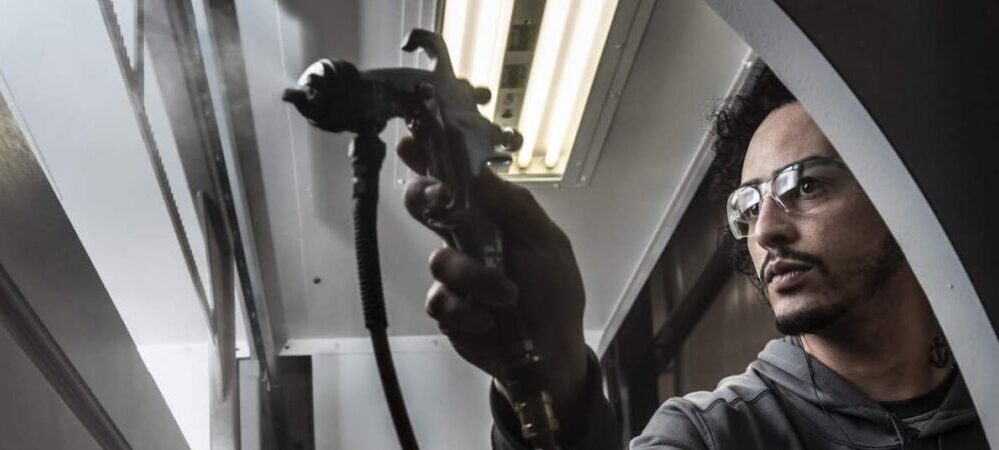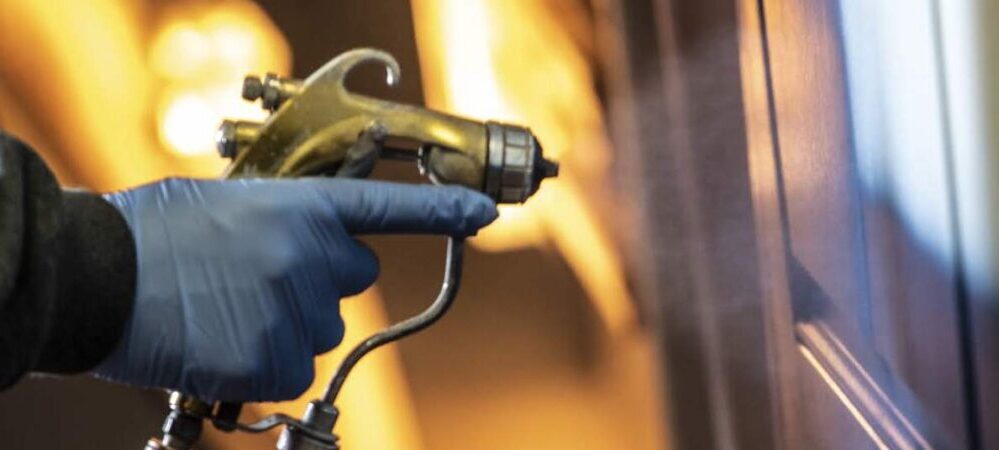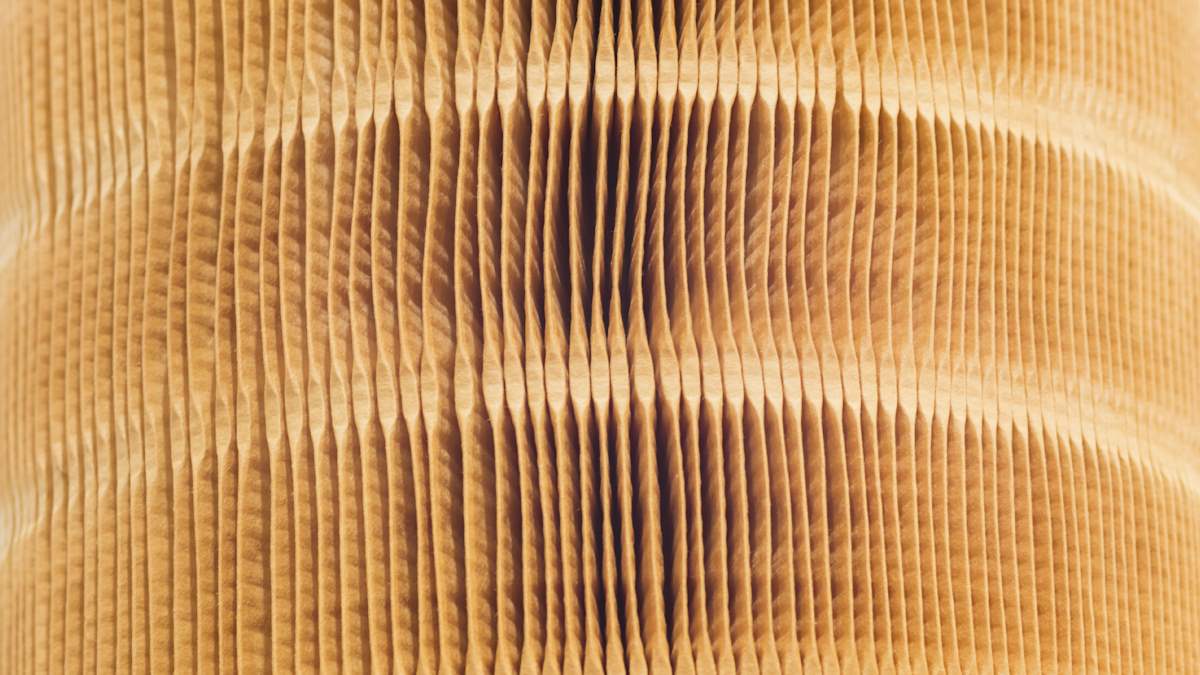When painting metal products, preparing the material for finishes is essential. The surface must be treated with a conversion coating. During this treatment, the metal surface undergoes a chemical reaction that and is essential for the durability of the finish, promoting adhesion and increasing corrosion resistance. Before applying the conversion coating, the metal must be prepared.
Contaminants must be removed from the metal surface
Prior to coating, metal surfaces must be cleaned. If the cleaning does not thoroughly eliminate contaminants, a uniform conversion coating will not be created resulting in a metal surface that is not properly protected from corrosion.
The most common method used is aqueous cleaning; however, other methods include ultrasonic cleaning and vapor degreasing.
With aqueous cleaning, the cleaner is water-based with various other chemicals mixed in, such as detergents and surfactants. In addition to the cleaner, heat and agitation are used to remove contaminants. Aqueous cleaning is highly effective in removing ionic contaminants, and is most often used when the process combines cleaning with the application of protective coatings or surface finishes.
With vapor degreasing, solvent vapors are used to remove contaminants from parts. This method is often used when cleaning sensitive complex parts, when the parts need to dry using low temperatures, or when there are a large number of parts to be cleaned. Vapor degreasing also leaves zero residue.
With ultrasonic cleaning, high-frequency sound waves are transmitted and agitate a solution of water or solvent to clean the surface of the parts. Ultrasonic cleaning is especially useful for removing contaminants that are strongly adhered to intricate parts.
Rinsing removes any cleaning agents left behind.
After cleaning, a rinsing phase must be performed. Often neglected, proper rinsing is vital in pretreatment. The rinsing process removes chemicals from the metal’s surface making sure that residue is not transferred to the next step. In addition, rinsing puts a stop to any chemical reaction that is occurring. For effective rinsing, keeping the rinse water fresh reduces the amount of contamination present on the surface of the parts. Therefore, rinse water must be change regularly.
Conversion coating and post-treatment are applied
After rinsing, the parts are ready for pretreatment. There are various options for conversion coating systems; traditionally, these have been iron or zinc phosphate. Additionally, there are some new technologies being introduced. Check out the benefits of new coating technologies in our post titled, New Conversion Coating Technologies.
After a metal surface receives the conversion coating, the part must get a final rinse with water to remove unreacted chemicals. A post-treatment can then be applied to increase corrosion and humidity resistance. With this step the conversion coating phase is done.
As an original equipment manufacturer and integrator of custom finishing systems, Production Systems helps finishers with the design and implementation of the systems they need for the perfect finish. Contact us to discuss the finishing systems you need.




